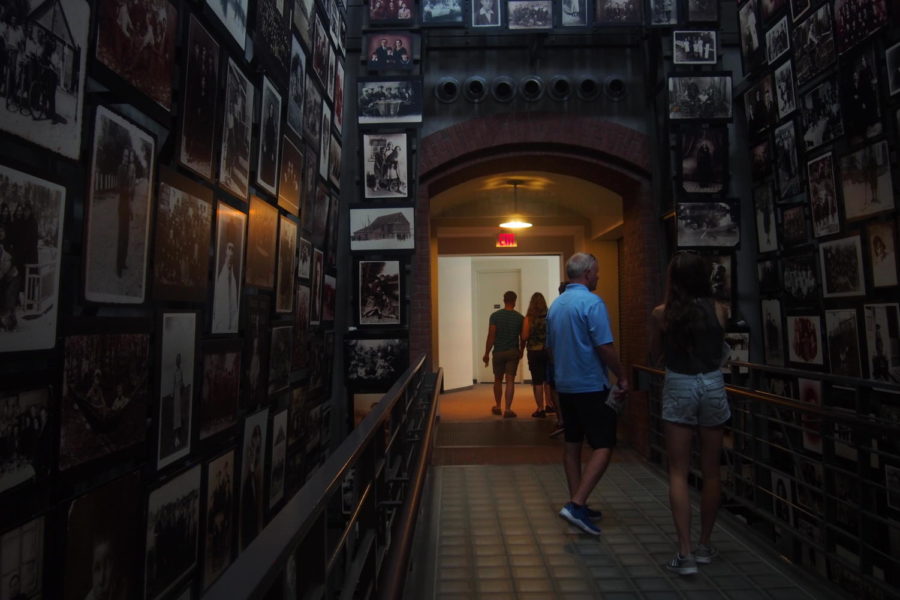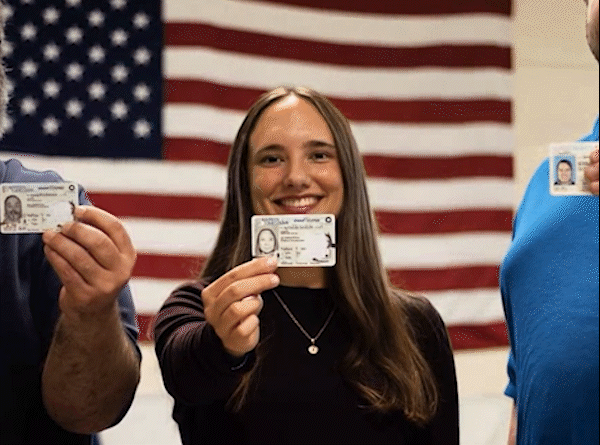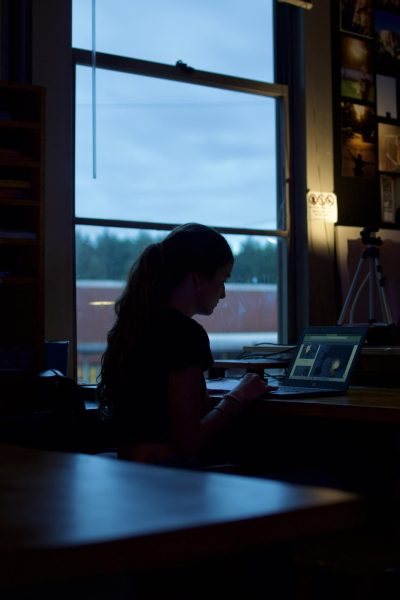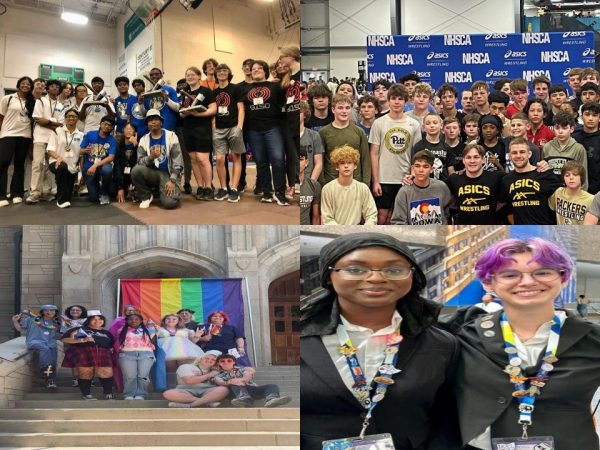Halls of the Holocaust: U.S. Holocaust Memorial Museum
Photo by Anaya Truss-Willams
It was a humid summer day when I walked into the United States Holocaust Memorial Museum in Washington, D.C.
The first thing I noticed was the adjacent wall lined with vibrant liberation flags that recognized the U.S. Army divisions whom liberated prisoners from the Nazi rule. When I saw these, I knew my visit would enlighten and humble me.
Admission to the museum was free. While it is free, one has to acquire tickets online or get standby tickets. I opted to get standby tickets which allowed me to see the non-permanent exhibits first and then see the permanent exhibits at the next available time. I only had to wait about an hour and a half to see the permanent exhibits.
Throughout the next few hours, I explored the museum and learned things that I didn’t know before.
For example, I learned that the Dominican Republic was the only country to accept Jewish refugees from Nazi Germany during the Evian Conference. This was only because Dictator Rafael Trujillo wanted to increase the population of the Dominican Republic that was White, to seem better than Haiti.
The museum had an array of exhibits including “The Holocaust,” “Americans and the Holocaust,” “American Witnesses,” “Syria: Please Don’t Forget Us” and “Remember the Children: Daniel’s Story.”
One exhibit that I found mind-boggling was “Syria: Please Don’t Forget Us.” This exhibit held a collection of information about the atrocities happening under the Assad regime in Syria. Within the collection, there were fabric scraps that six prisoners wrote their names and stories on with their own blood. One of the prisoners, Mansour Omari, smuggled the fabric out upon his release so he could inform their families about what happened to them.
In the Hall of Remembrance, benches were displayed so visitors could sit and reflect. Candles were lit to set a tone of empathy for the people who suffered. If a candle wasn’t lit, there were matches available to relight it. In the hall, no one dared to whisper a word out of respect for the lives lost.
During my visit, I got the opportunity to meet a survivor of the Holocaust named Joel Nommick. Nommick was born in 1942 in France, during the Holocaust. Nommick’s family had to live under false identities so they wouldn’t be caught for being Jewish. Joel’s father, Jean, was arrested and imprisoned because of stealing accusations. Jean was sent to many prisons, concentration camps and military hospitals. Upon Jean’s liberation, he mailed his family news that they would be reunited soon, but they never were. The last whereabouts of Jean is unknown.
Another compelling thing I discovered during my visit was the collection of shoes that were confiscated from prisoners at the Majdanek concentration camp in German-occupied Poland. The shoes were the last things that were left when the prisoners had their humanity stripped away from them. While viewing this exhibit, a sense of unease came over me, I truly got a sense that the prisoners were not in control of their own destinies. When I stood in the room observing the collection, I couldn’t help but wonder about the lives and experiences of those who once wore these shoes. The variety of shoe types, sizes and styles among them showed me that the Nazi soldiers didn’t discriminate whom they would imprison – rich or poor, young or old, male or female. There were even shoes that I could tell belonged to a young child. The prisoners had no voices, only their personal experiences.
All of the exhibits work together to show and teach visitors about anti-semitism, modern-day crimes against humanity and the history of the Holocaust.
The museum inspires its visitors to be advocates and speak up against things that they don’t agree with. Leaving the museum I felt a weight on my shoulders, it was difficult for me to snap back into the present after exploring decades of history in just a few short hours.
To find out more information about the United States Holocaust Memorial Museum and/or the Holocaust, visit www.ushmm.org.
Your donation will support the student journalists of East Mecklenburg High School. Your contribution will allow us to purchase equipment and cover our annual website hosting costs.












